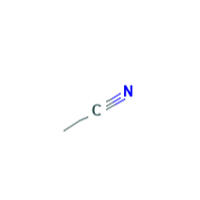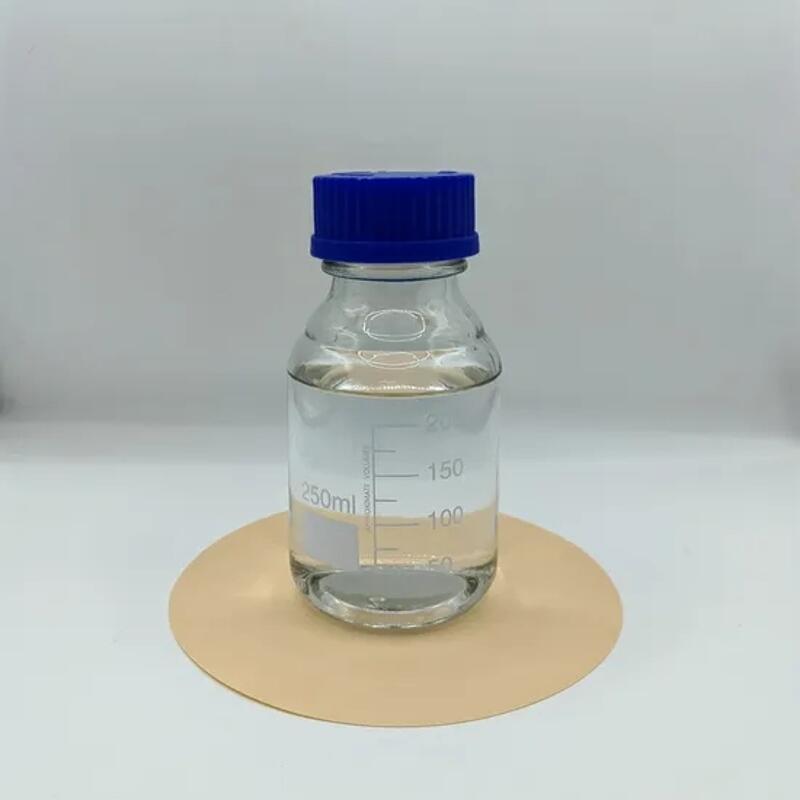-
Categories
-
Pharmaceutical Intermediates
-
Active Pharmaceutical Ingredients
-
Food Additives
- Industrial Coatings
- Agrochemicals
- Dyes and Pigments
- Surfactant
- Flavors and Fragrances
- Chemical Reagents
- Catalyst and Auxiliary
- Natural Products
- Inorganic Chemistry
-
Organic Chemistry
-
Biochemical Engineering
- Analytical Chemistry
-
Cosmetic Ingredient
- Water Treatment Chemical
-
Pharmaceutical Intermediates
Promotion
ECHEMI Mall
Wholesale
Weekly Price
Exhibition
News
-
Trade Service
Xylene is a widely used solvent in the chemical industry.
It is a colorless, flammable liquid with a characteristic sweet odor.
Xylene is a monomer that is used in the production of various polymers, including polyester, polyethylene terephthalate, and polyvinyl chloride.
It is also used as a solvent in the production of inks, paints, and other coatings.
The use of xylene in the chemical industry requires careful handling and proper storage.
The instructions for the safe use of xylene are detailed below.
- Storage: Xylene should be stored in a cool, well-ventilated area.
It should be stored in a secure location, away from sources of heat, sparks, or other ignition sources.
Xylene should be stored in tanks or containers that are in good condition and are designed to hold corrosive liquids.
The containers should be kept full and should be secured to prevent spills or leaks. - Handling: Xylene should be handled with care to prevent spills or leaks.
Workers should wear appropriate protective clothing, including gloves, safety glasses, and respirators, when handling xylene.
The clothing should be appropriate for the task and should be in good condition.
Workers should also wash their hands thoroughly after handling xylene. - Transportation: Xylene should be transported in accordance with the regulations of the International Air Transport Association (IATA) and the Department of Transportation (DOT).
The containers should be properly labeled and should be secured during transportation to prevent spills or leaks. - Disposal: Xylene should be disposed of in accordance with local and federal regulations.
It should be handled with care to prevent spills or leaks during disposal.
The waste should be stored in a secure location until it can be transported to a hazardous waste facility. - Safety Measures: Xylene is a hazardous material and should be handled with care.
It is a fire hazard and should be stored away from sources of heat, sparks, or other ignition sources.
It is also a respiratory hazard and can cause skin irritation.
Workers should wear appropriate protective equipment and should follow all safety guidelines when handling xylene.
In conclusion, xylene is a widely used solvent in the chemical industry.
It should be stored, handled, transported, and disposed of in accordance with local and federal regulations.
Workers should follow all safety guidelines when handling xylene to prevent accidents and injuries.
By following proper safety measures, the use of xylene can be safe and efficient in the production of various polymers and other products.






